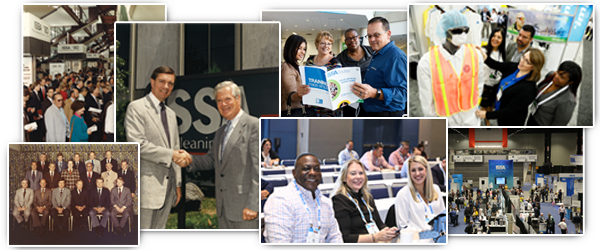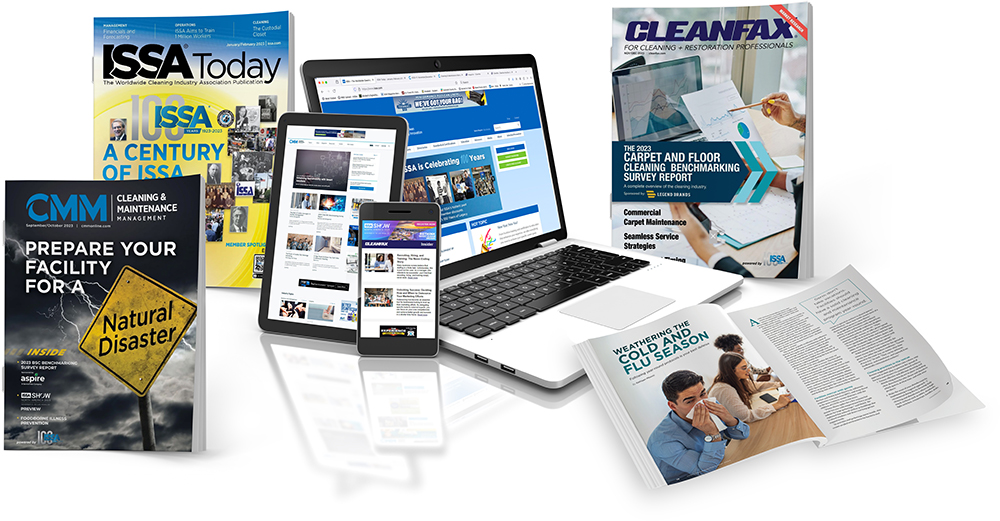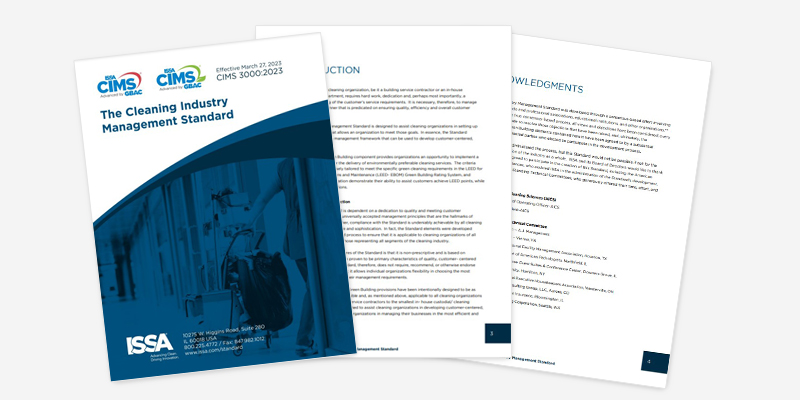Say Yes to AI and See What Happens
Artificial intelligence (AI) is no longer something you only hear about in tech news or sci-fi movies. It’s becoming part of everyday life—and the best part is, you don’t need to be an expert to start using it. With a well-constructed, simple prompt, anyone can unlock tools that help with writing, planning, organizing, and more.
I’ve spent the past 4 years helping people discover what AI can do, and one thing has become clear: the real power of AI comes from using it—not just learning about it. Whether you’re running a business, working in an office, or just curious about technology, AI is here to help you—and it all starts with asking the right question.
What Is a Prompt, and Why Is It Important?
A prompt is how we communicate with AI. It’s just a short command or question that tells the system what you want. Think of it like giving instructions to a helpful assistant. You could say, “Write a summary of this report,” or “Give me a list of ideas for my business,” and the AI will get to work.
What makes prompts so powerful is that they allow anyone—no matter their background—to get something useful done quickly. You don’t need to know how to code. You just need to know what you want. The better you get at prompting, the better your results become.
Why Real-World Examples Make AI Click
A lot of keynotes and online articles talk about AI in big, abstract ways—things like “AI will transform the world” or “AI is the future of work.” While those ideas sound exciting, I’ve found that most people don’t connect with them right away. They’re too broad. People often leave those talks inspired, but still unsure how to actually use AI in their daily lives.
That’s why I focus on real-world examples. I show people how AI can help them write, organize, plan, or communicate better—using tools and situations they already understand. When people see AI doing something useful in front of them, it clicks. They learn by doing, not just by listening.
This hands-on approach helps build confidence. When people get results they can use right away, they’re much more willing to keep exploring. It’s not about showing off what AI could do someday—it’s about helping people use AI right now to make their lives easier.
People learn best by doing. When they interact with AI and see results in seconds, everything changes. They realize it’s not scary, it’s not overly complex—it’s just a tool. And it’s a tool they can use right now.
AI Agents: The Digital Helpers of the Future
One of the most exciting developments in AI is the rise of AI Agents. These aren’t just chat tools that answer a single question. Agents are digital helpers that can follow instructions and complete tasks—often in the background—without needing constant direction.
Imagine having an AI assistant that checks your calendar, writes your weekly update, or organizes your inbox automatically. Once you set the rules, it keeps working. That’s what AI Agents do.
And the best part? You don’t need to be a tech wizard to use them. As long as you know what you want done—and how to explain it—AI Agents can handle the rest. It’s like building your own personal team of digital workers.
The Future Is About Working With AI
As we look ahead, one thing is clear: our roles at work will shift. AI isn’t here to take our jobs—it’s here to transform them. Over the next few years, more of us will become managers of our own agentic teams.
Instead of doing every task by hand, we’ll guide our AI Agents to do the repetitive or time-consuming parts, while we focus on decisions, creativity, and strategy. You might have one agent helping with content, another managing data, and a third tracking communication. Your job will be to lead, review, and direct—not to grind through every step yourself.
This change isn’t a threat. It’s an opportunity. The people who learn how to work with AI—how to delegate to it—will find themselves more efficient, more creative, and more in control than ever before.
Final Thoughts
Learning how to use AI doesn’t require a fancy degree or special training. It starts with curiosity—and a few good prompts. Once people see what AI can do, they start thinking differently about their work, their time, and their possibilities.
The most important thing I tell people at the end of every class is this: you can’t break AI. You won’t mess it up by asking the wrong question or giving a weird prompt. In fact, experimenting is how you learn. Try things. Get creative. Be curious. The more you play with it, the more confident you become.
AI is not something to be afraid of—it’s something to explore. The world is changing fast, and those who embrace this change will find new ways to work, think, and create. Don’t wait for someone else to show you how it works. Open it up, ask a question, and see what happens.
This is the beginning of a new way of working—and it’s meant to be fun. So go ahead: explore, test, create. You might be surprised at what you—and your new AI teammates—can do together.
Looking to explore how AI can enhance your business across sales, marketing, administration, data analysis, and more? Register for our ongoing Using AI for Business series and get access to all remaining live webinars and the full series of recorded events.
















